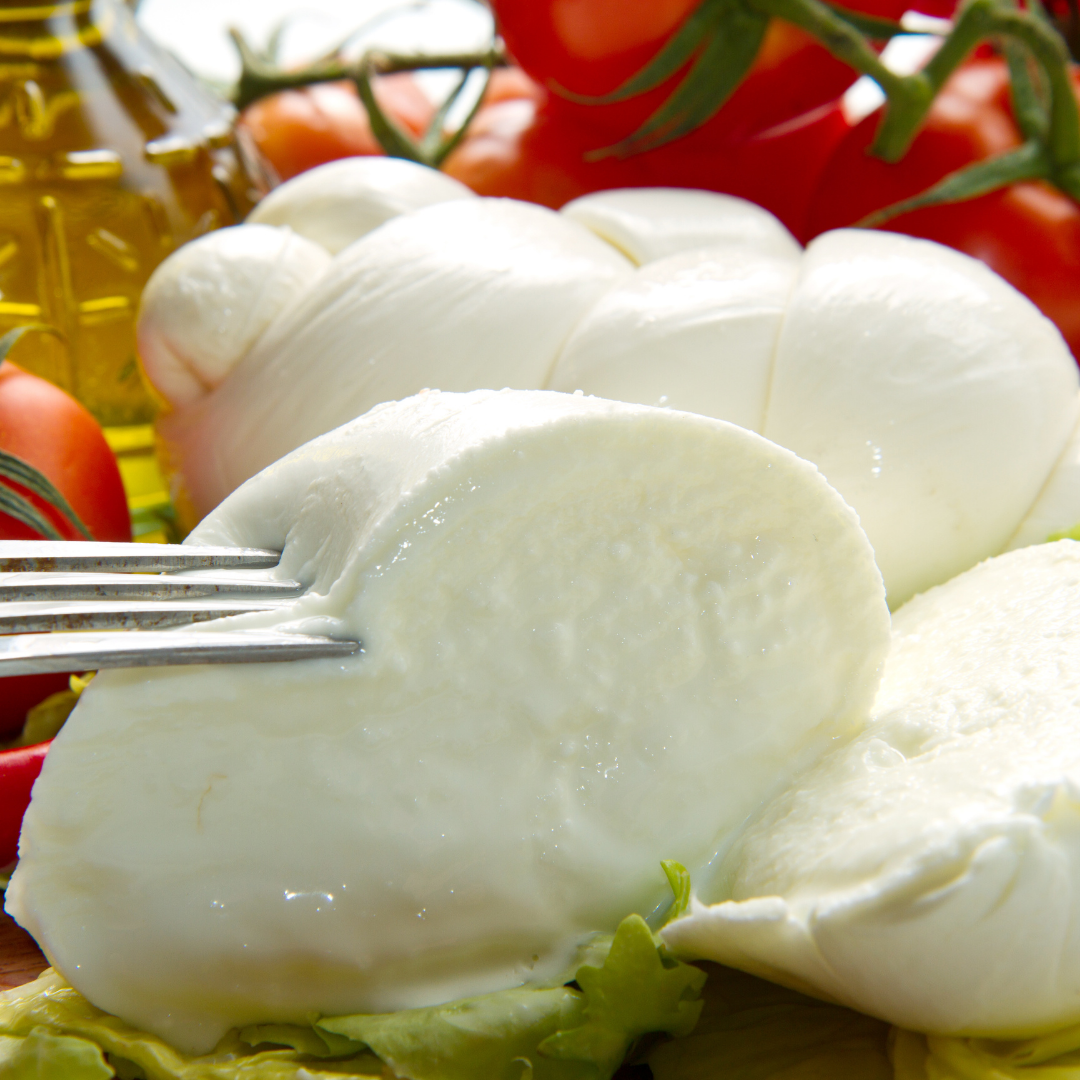Cheese is a food product made from the milk of mammals, typically from cows, goats, sheep, or yaks. It is made by coagulation of the milk, usually, through curdling, a process once widely used in industry, but now usually carried out by acidification, renneting, heating, or other chemical means. It is then often pressed into solid blocks or tablets or a solid branched or tree-like form, depending on how it is to be eaten.
The first cheesemaking ever was found in some caves in Italy around 1663, some 200 years ago. This led to some strange experiments, some of which were successful. Most of the time, the experiments failed, resulting in some strange cheeses. The first mozzarella was made at the end of the 19th century by an Italian immigrant, who was impressed by the cheese made by his brother’s family in the Alps. The name “mozzarella” is probably of Romano-Etruscan origin.
Cheese is made by coagulating milk into curds, which are then placed in a mold to produce the final cheese. Lactose, the carbohydrate in milk, acts as a simple sugar that causes this reaction, meaning that cheese is nothing more than the curds of milk turned into something edible. Feta, Parmesan, and cheddar are all examples of cheese, which are aged (aged cheese has a stronger taste and texture) and then pressed to produce the final product.
Mozzarella is a type of cheese made from milk. It was first made by combining freshly curdled milk with fresh whey. The name “mozzarella” comes from the Italian word for “mixed” because the curdled milk is mixed with the whey before being formed into cheese.
There are many types of mozzarellas, but the two main types are fresh mozzarella and mozzarella Fresca. Fresh mozzarella is made with freshly curdled milk which is made by coagulation of the milk with rennet. Fresh mozzarella can be made by hand or in a machine. The production of fresh mozzarella is very labor-intensive, so most producers of mozzarella prefer to use machines.
Mozzarella is a very popular type of cheese that is produced in Italy and is great for many different things. It is made from the curd of cow’s milk and is made in a variety of different varieties. No matter what they may look like, the way they taste is the same.
The first thing you notice about mozzarella cheese is the smell. Mozzarella is a fresh, almost sweet cheese made from fresh whole milk. It is a semi-soft, spreadable cheese that does not melt at room temperature. Fresh mozzarella is a round white cheese that has a recognizable rubbery texture.
The process to make it starts with milk, which is then mixed with an enzyme called rennet, which changes the milk’s consistency. The milk is then mixed with an acid, which changes it to curd or cheese. It is then mixed with salt, which changes it once again to mozzarella.
The curd is placed in a press to render it softer, removing the excess fat. Depending on the cheese’s final shape, the pressed curd is either shaped into balls or stretched into strings. Then, the wheel or log is cut into cubes, placed in brine or pickled, and put on display for sale.
The mozzarella we know and love is a slightly acidic food product that is made from fresh curd and water. To make mozzarella, fresh curd is heated in a large vat until the curd mass begins to separate from the whey. This separation is what creates the characteristic “stringy” texture of mozzarella.
Naturally, it is made from fresh milk, but the milk has traditionally been buttermilk – milk with a high butterfat content – rather than raw milk. The curd is formed from the milk and is then stretched repeatedly until it becomes the smooth paste we know as mozzarella.
There are a lot of things that can go wrong with homemade mozzarella. You can burn the milk; you can add the wrong ingredients; you can add the wrong amount of water…the list goes on. But when you get it right, when your cheese is just the way it should be, you’ll find that the only thing that will taste better than it will is a fresh piece of bread dipped in it!

